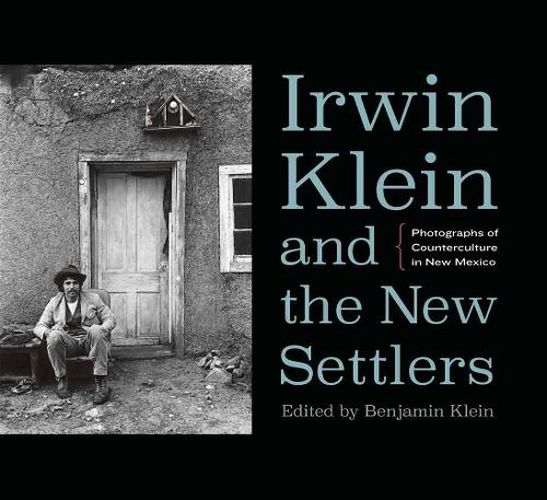Readings Newsletter
Become a Readings Member to make your shopping experience even easier.
Sign in or sign up for free!
You’re not far away from qualifying for FREE standard shipping within Australia
You’ve qualified for FREE standard shipping within Australia
The cart is loading…






Dropouts, renegades, utopians. Children of the urban middle class and old beatniks living alone, as couples, in families, or as groups in the small Nuevomexicano towns. When photographer Irwin Klein began visiting northern New Mexico in the mid-1960s, he found these self-proclaimed New Settlers-and many others-in the back country between Santa Fe and Taos. His black-and-white photographs captured the life of the counterculture’s transition to a social movement. His documentation of these counterculture communities has become well known and sought after for both its sheer beauty and as a primary source about a largely undocumented group.
By blending Klein’s unpublished work with essays by modern scholars, Benjamin Klein (Irwin’s nephew) creates an important contribution to the literature of the counterculture and especially the 1960s. Supporting essays emphasize the importance of a visual record for interpreting this lifestyle in the American Southwest. Irwin Klein and the New Settlers reinforces the photographer’s reputation as an astute observer of back-to-the-land, modern-day Emersonians whose communes represented contemporary Waldens.
$9.00 standard shipping within Australia
FREE standard shipping within Australia for orders over $100.00
Express & International shipping calculated at checkout
Dropouts, renegades, utopians. Children of the urban middle class and old beatniks living alone, as couples, in families, or as groups in the small Nuevomexicano towns. When photographer Irwin Klein began visiting northern New Mexico in the mid-1960s, he found these self-proclaimed New Settlers-and many others-in the back country between Santa Fe and Taos. His black-and-white photographs captured the life of the counterculture’s transition to a social movement. His documentation of these counterculture communities has become well known and sought after for both its sheer beauty and as a primary source about a largely undocumented group.
By blending Klein’s unpublished work with essays by modern scholars, Benjamin Klein (Irwin’s nephew) creates an important contribution to the literature of the counterculture and especially the 1960s. Supporting essays emphasize the importance of a visual record for interpreting this lifestyle in the American Southwest. Irwin Klein and the New Settlers reinforces the photographer’s reputation as an astute observer of back-to-the-land, modern-day Emersonians whose communes represented contemporary Waldens.